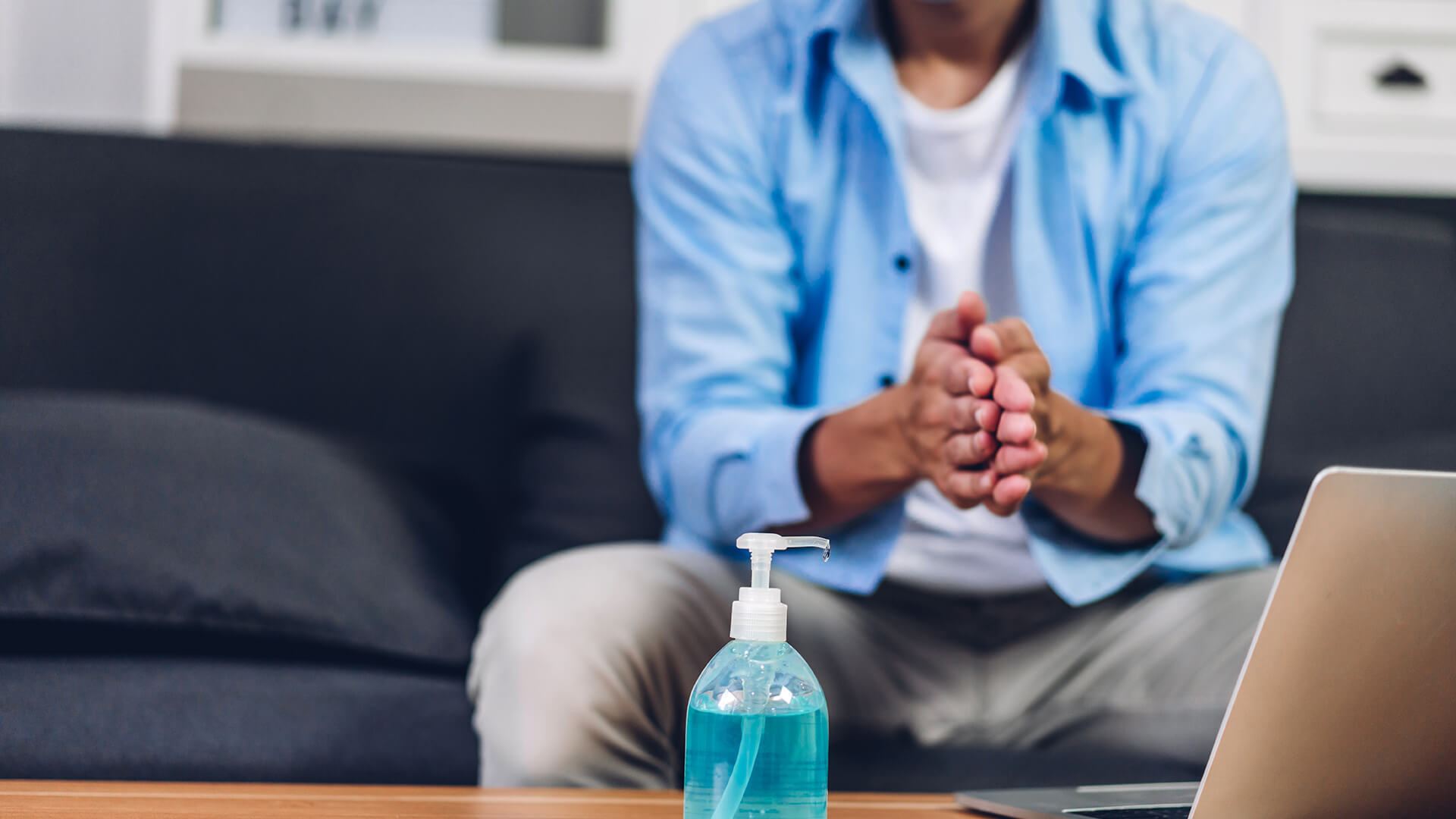With restrictions on covid-19 easing, non-essential workers and stores are expected to re-open on 4th July 2020.
However, with the threat of coronavirus and a second wave very much in the background, every place of interest will require formal procedures to maintain cleanliness and prevent further spreading of the toxic virus.
We speak to hygiene specialists, Trovex to get an insight into how to make a workplace or commercial building more hygienic.
Keeping a cleaning schedule
Banks, supermarkets and other high traffic areas will always have cleaning schedules – but it may be more important than ever to monitor them.
In fact, it could be worth making extra cleaning schedules and bringing in cleaners more frequently to reduce the risk of any disease spreading.
If you do not have back-up cleaners, this might be an important time to have second choice or third choice cleaners available on standby, in case you existing cleaners are not available. If you have customers or pupils coming into your office, store or school every day, you need to make sure the environment is attended to more regularly or ideally, on a daily basis.
Put hygiene first
Hygiene needs to become part of the company’s everyday culture and something that every member of new and existing staff needs to be trained in and be monitored for.
This could involve putting someone in charge of hygiene or greeting customers at the front of the store and making the best practices clear such as wearing gloves, masks or sanitising hands before entry.
Any additional signs, protective screens and clothing for staff members would be welcomed to limit the spread.
Staff members that are facing the general public (stores, hairdressers) should be wearing gloves and masks as a standard.
You should also encourage social distancing in the workplace and also check the health of any staff members on a daily basis. Hay fever can often be misinterpreted as a cold or flu, but if symptoms seem more drastic, you should be checking the temperature of your staff and asking them to stay home until further notice.
Hand sanitiser should be available at every corner and making sure that this is stocked up and not empty. For hospitals and clinics, it is common to have hand wash stations and hand sanitiser at the entrance of every room – and putting up signs to encourage this.
If the culture of hygiene is instilled into staff members and daily procedures, you are on track to creating a clean environment.
Stay on top of your supplies
To keep your buildings and workplace clean will require having all the right amounts of cleaning products including sprays, hand gels and liquids – and these will quickly become scarce amongst the large purchases from panic buyers.
Make sure that you can stay on top of your supplies and you can do this by checking with your suppliers and always looking for alternatives. It may be worth being slightly overstocked, just in case these products become hard to get hold of.
Maximise ventilation
You can design the layout of your store or office to maximise air flow and ventilation. If you have windows or doors, keep them wide open, which shouldn’t be too hard in the British summer.
In crowded office spaces in London, you should try increase ventilation where possible since any small and claustrophobic rooms are going to be a hotbed for germs. If someone infected coughs or sneezes, it will have less of a chance to escape.
If you run a food business or offer services, try provide them outside if you can or at least avoid lots of people coming into your premises if they do not have to.











